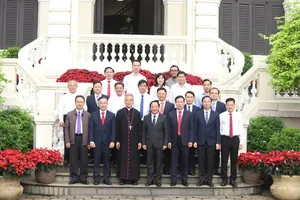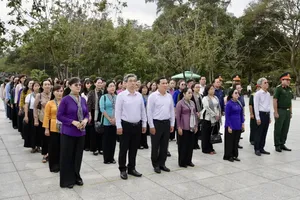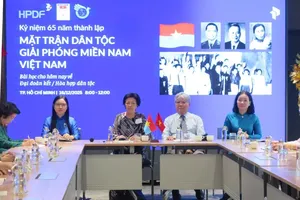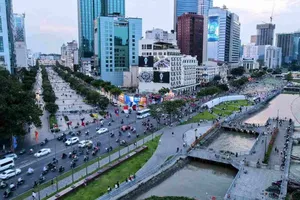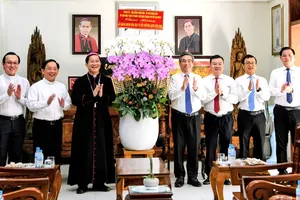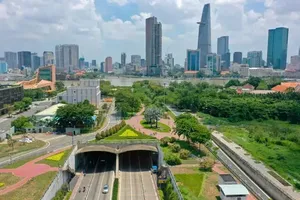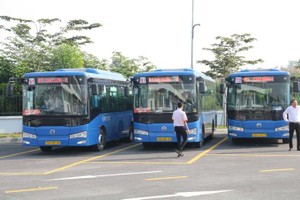
During the 16th session of the 10th-term Ho Chi Minh City People's Council (HCMC PC), HCMC Chairman Phan Van Mai affirmed the city's determination to implement comprehensive solutions and specific plans to strive for a GRDP (Gross Regional Domestic Product) growth rate of 8.5-9 percent by 2030.
The 16th session of the 10th-term HCMC PC focused on discussing the draft HCMC Planning for 2021-2030 with a vision to 2050.
Responding to concerns raised by delegates, Chairman Mai emphasized HCMC's target of achieving an economic growth rate of 8.5-9 percent by 2030. While acknowledging that the 8.5-9 percent GRDP growth rate is a challenge, he expressed the city's confidence in achieving it through well-defined scenarios, plans, solutions, and investments by 2030. Moreover, the city will strive for 2-digit growth after 2030.
Chairman Mai stressed that HCMC will develop specific plans, including identifying key investment categories and implementing breakthrough solutions for resource allocation. This will be accompanied by policy adjustments to mobilize resources for investment development.
The city has carefully calculated the scale, GRDP growth scenarios, and population projections to ensure a correlation between GRDP growth and per capita income.
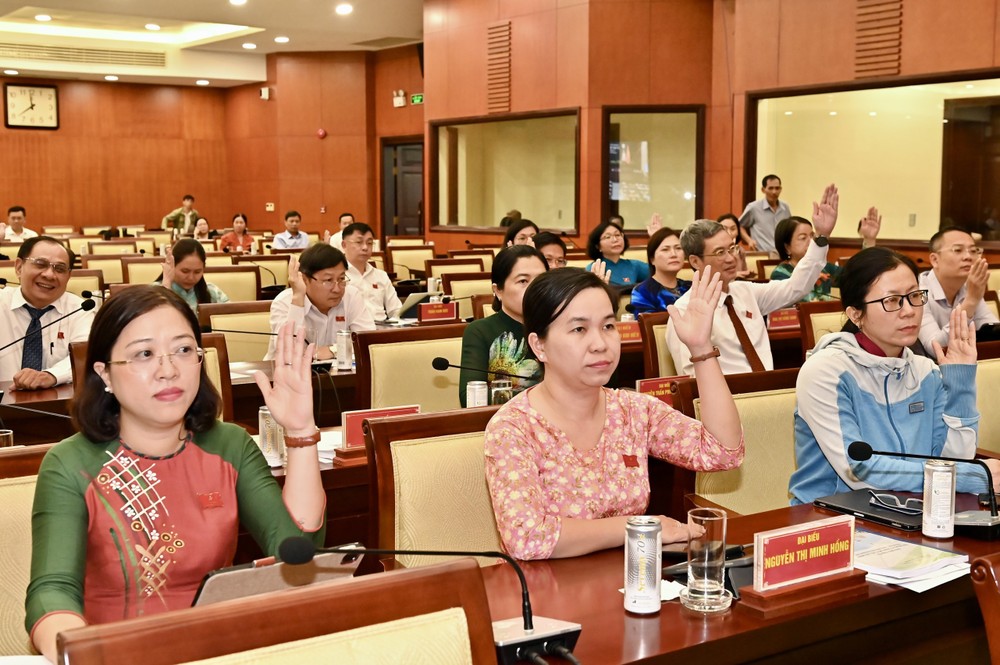
Chairman Mai added that the Central Government has tasked HCMC with being a pioneer in implementing the millennium development goals committed to by the nation, as well as national targets.
For instance, as per the Central Government’s plan, by 2030, Vietnam aims to become a middle-income developing country, and by 2045, a high-income industrialized nation. HCMC must strive to achieve these targets ahead of schedule, even surpassing them to contribute to the national goals.
To achieve these ambitious goals, Chairman Mai emphasized the need for strong political determination and concrete plans to mobilize the necessary forces for development.
Currently, Chairman Mai disclosed that the service sector accounts for approximately 65 percent of HCMC's economic structure. While the service sector holds a significant share, concerns have been raised regarding its low value-added. Additionally, the city's early transition to a service-based economy and insufficient investment in construction and industry have hindered desired growth.
The new plan aims to increase the proportion of construction and industry to 27 percent, approaching 30 percent by 2030. This will ensure that the construction and industry sectors continue to play a crucial role in HCMC's economic development by 2045. The service sector's share may be reduced but will not fall below 60 percent. The focus will be on developing modern, high value-added services such as an international financial center, industrial support services, and legal services.
The city chairman also confirmed that as per the planning for the period up to 2030, HCMC will maintain its current administrative structure and urban areas. During this phase, the city will focus on strengthening the internal capacity of these urban areas and clearly defining the concept of "city within a city" for Thu Duc City. For the five districts, HCMC will develop technical infrastructure to ensure they meet urban standards, at least at the level of Type III urban areas.
By 2030-2040, HCMC will be organized into five urban areas including the central city, Thu Duc City, the southern urban area such as District 7, Nha Be District, part of Binh Chanh District, the northwestern area comprising Cu Chi District and related areas of Hoc Mon and Binh Chanh Districts and the southwestern area comprising parts of Binh Chanh, Hoc Mon Districts, and District 12. Further studies will be conducted in Can Gio District. Additionally, HCMC will continue to study the ‘city within a village, village within a city’ model as suggested
To successfully implement the planning, Chairman Mai emphasized the need for HCMC to identify key breakthrough points. These include institutional breakthroughs and investment in developing information technology infrastructure, and urban railways in addition to breakthroughs in economic structure and investment mobilization.
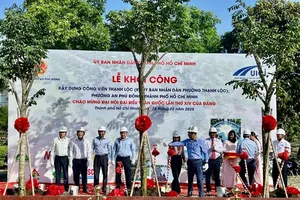

)

